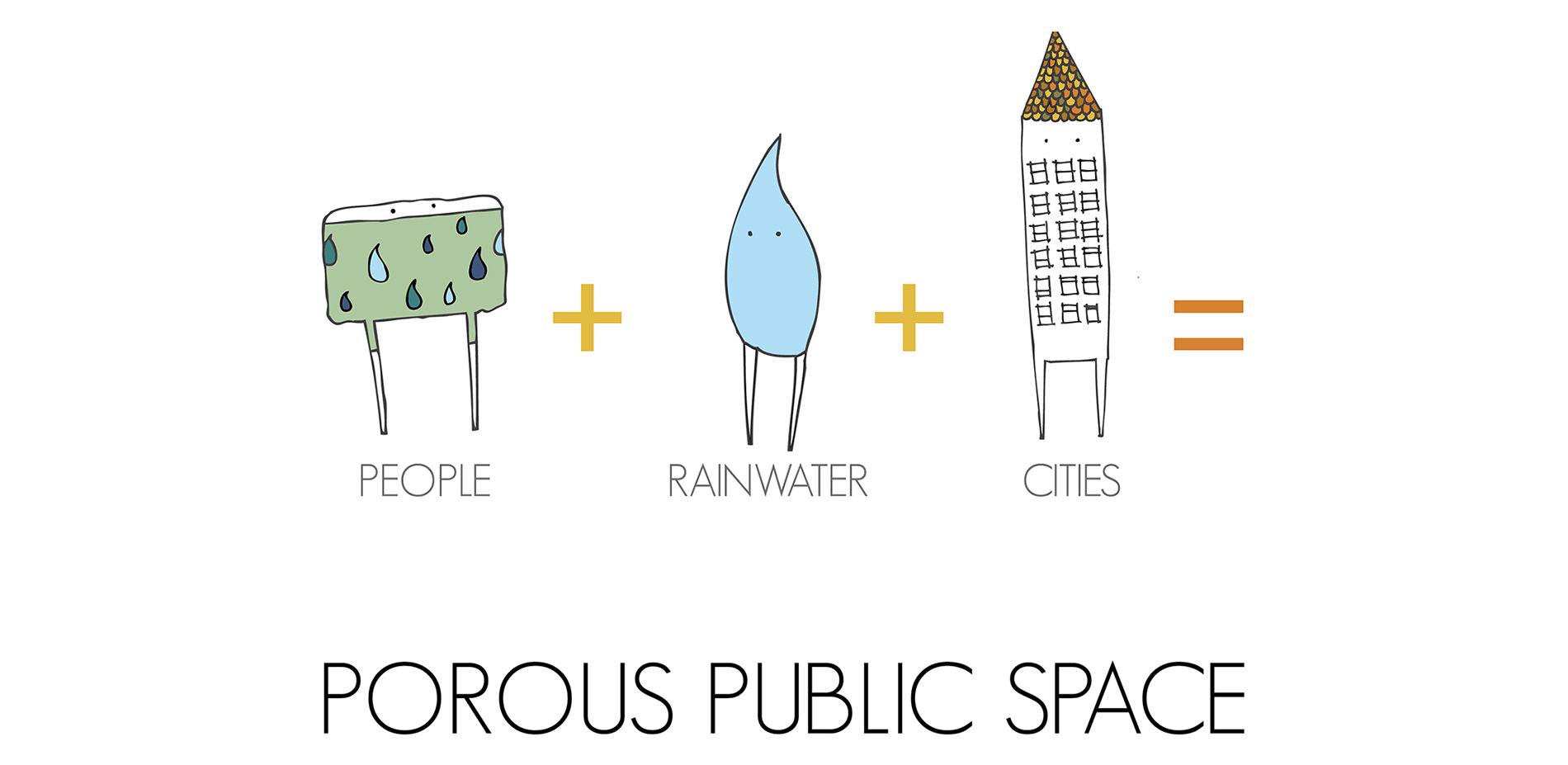
FIG. 1. Porous Public Space: People + Rainwater _ Cities
We are returning to our roots of storytelling to share knowledge. Here we take you on a whimsical journey, interweaving the health and well-being of both people and ranwater in our cities.
Photo Credit: Roxanne Lee and James Wohlers, SvR | MIG, Google Images
Media: Please submit high-resolution image requests to images@asla.org.
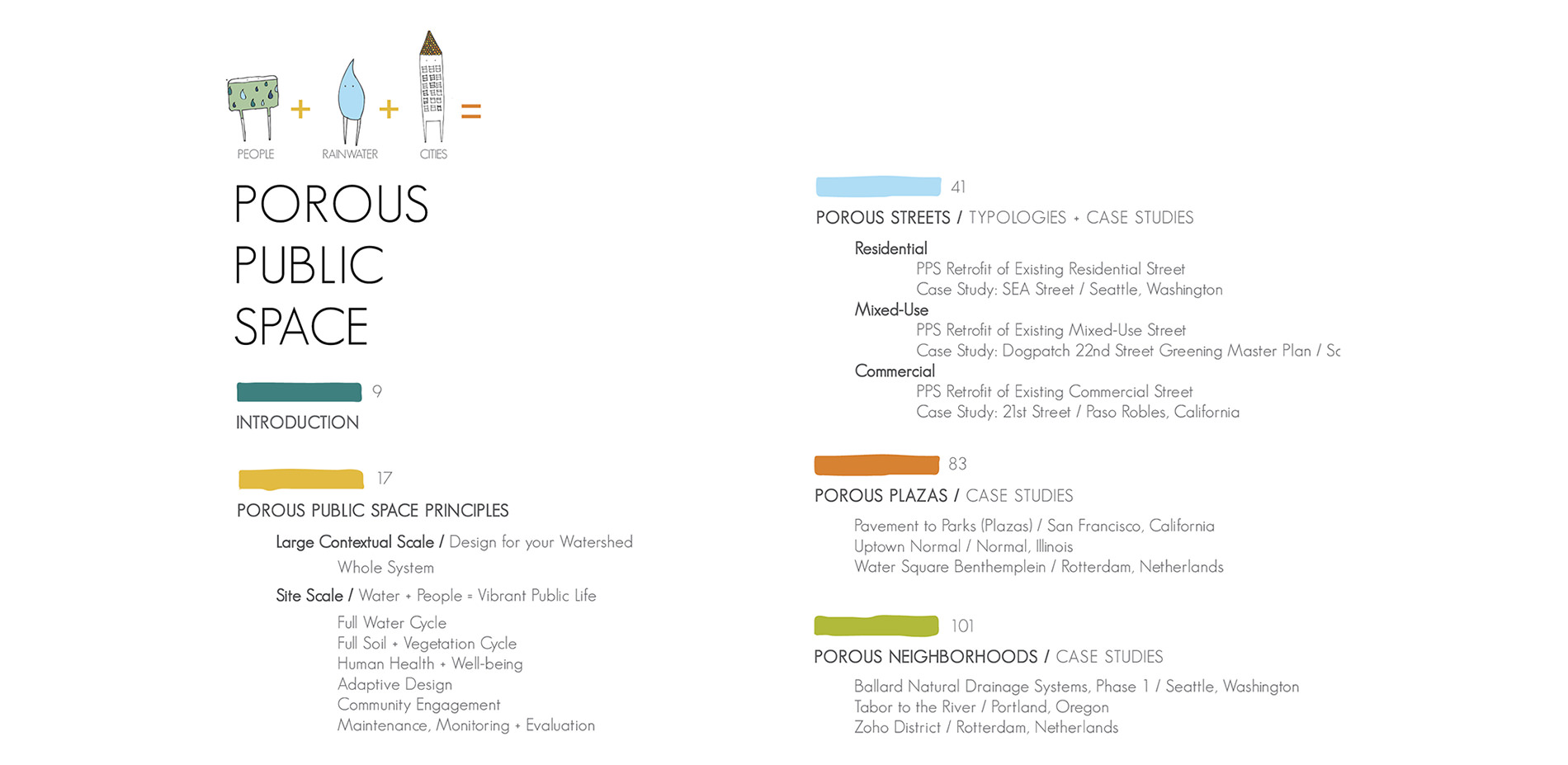
FIG. 2. Porous Public Space: People + Rainwater + Cities
Our booklet provides design principles, typologies of exemplary porous public space design, and inspiring case studies for streets, plazas and neighborhoods.
Photo Credit: Roxanne Lee and James Wohlers, SvR | MIG, Google Images
Media: Please submit high-resolution image requests to images@asla.org.
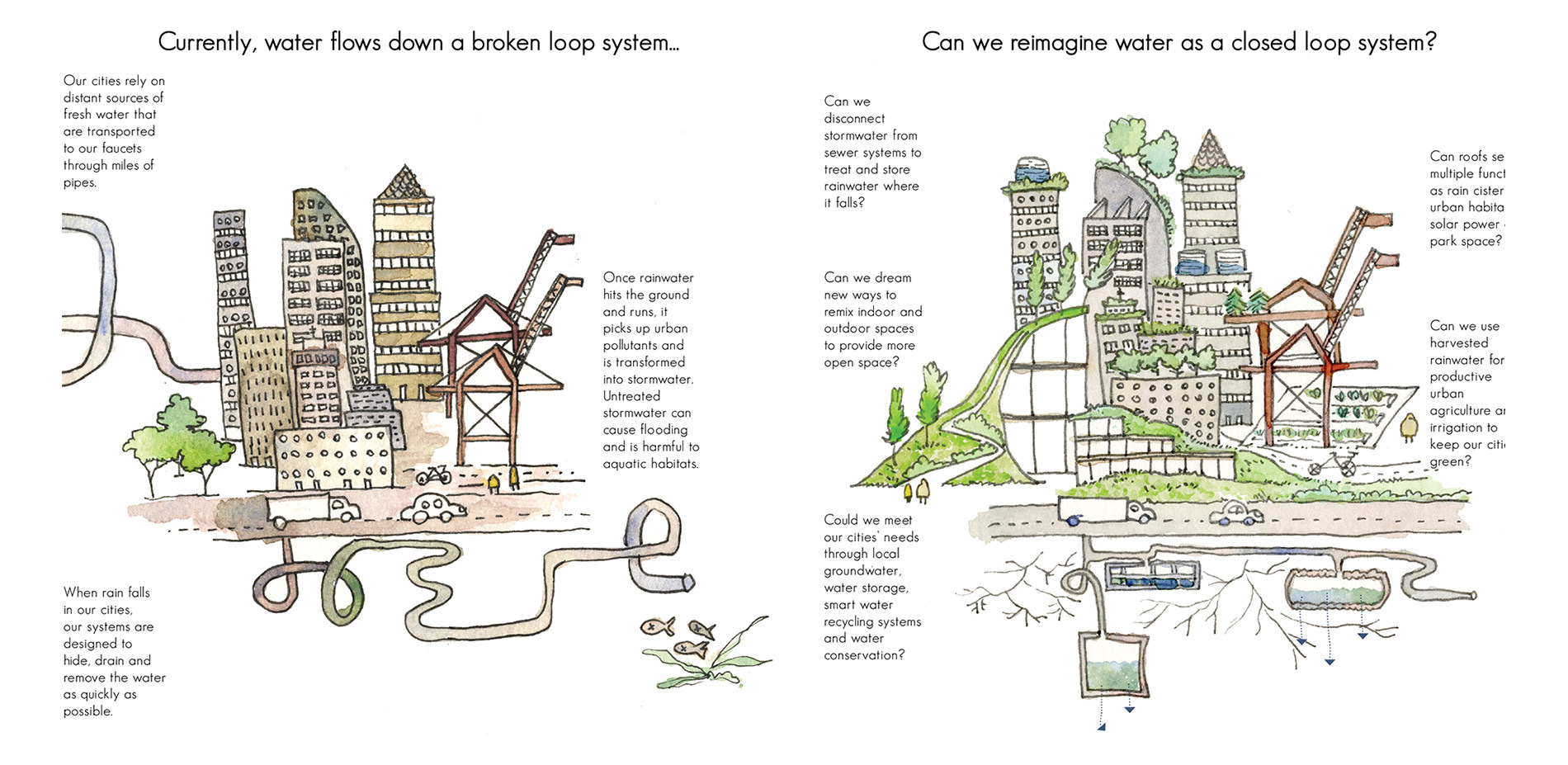
FIG. 3. Not Just Retrofitting, but Reimagining What Our Cities Can Be
The built environment is a reflection of our societal values for managing natural resources. Let's reimagine it to prioritize rainwater s a resouce, simultaneously creating vibrant outdoor spaces.
Photo Credit: Roxanne Lee and James Wohlers, SvR | MIG, Google Images
Media: Please submit high-resolution image requests to images@asla.org.
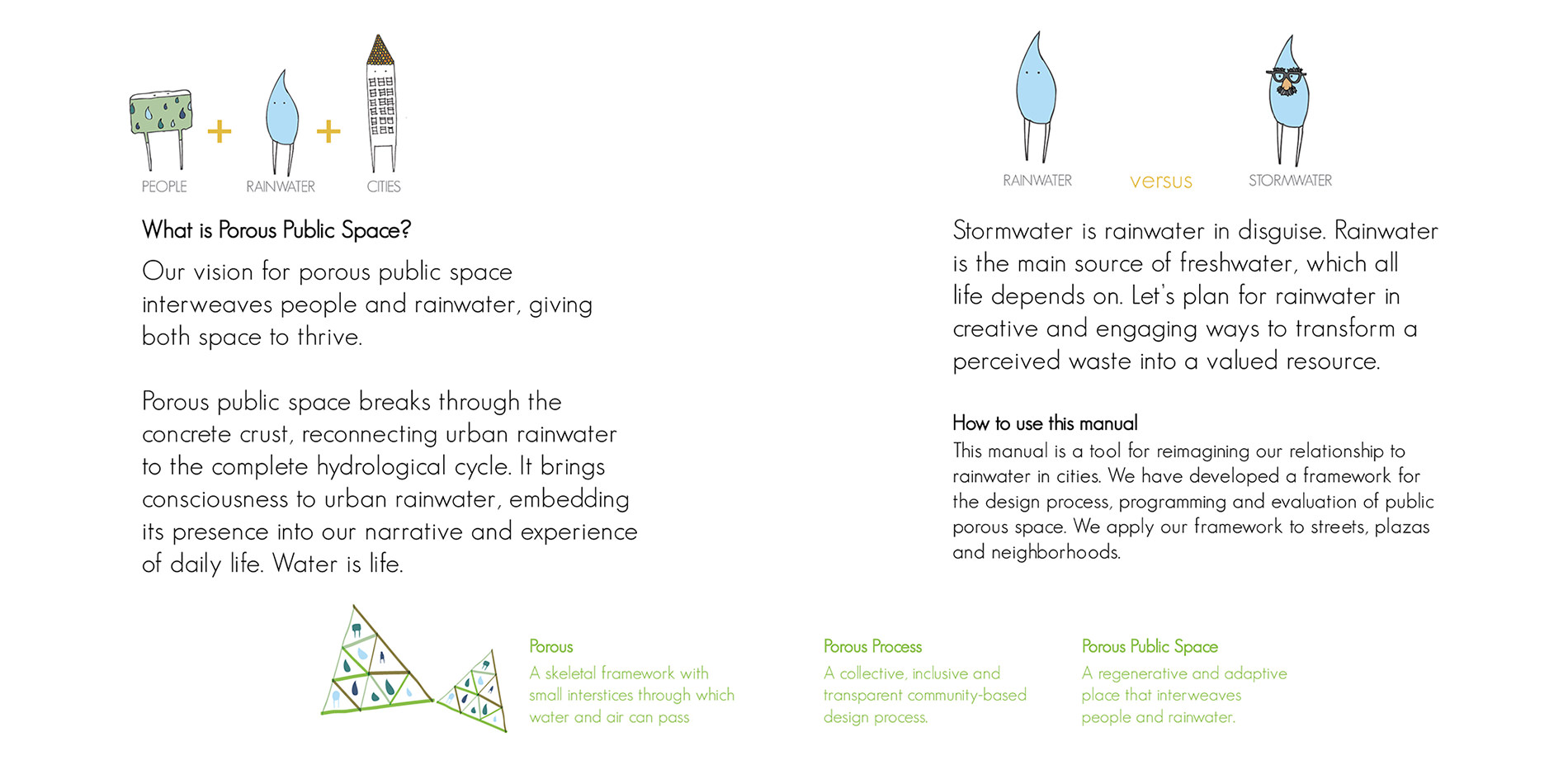
FIG. 4. Why Porous Public Space?
Our cities are covered with concrete crust, while our infrastructure treats rainwater as waste. Porous public space reimagines the built environment, valuing rainwater as a resource and embedding its presence in our everyday life.
Photo Credit: Roxanne Lee and James Wohlers, SvR | MIG, Google Images
Media: Please submit high-resolution image requests to images@asla.org.
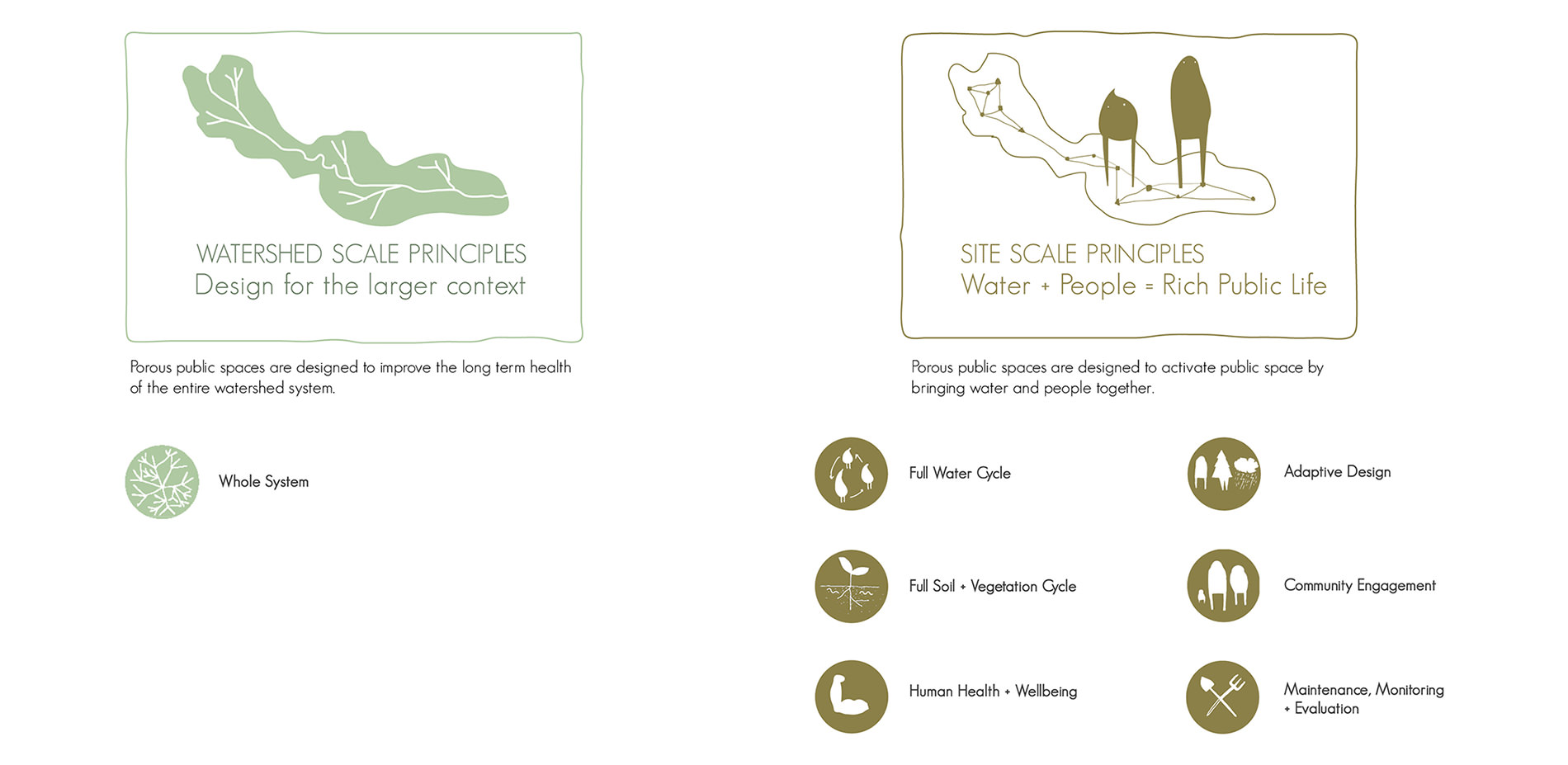
FIG. 5. Systems-based Approach to Designing at Varying Scales
Seven principles guide the design process for porous public space at watershed and site scales. These principles can also be used to evaluate existing projects.
Photo Credit: Roxanne Lee and James Wohlers, SvR | MIG, Google Images
Media: Please submit high-resolution image requests to images@asla.org.
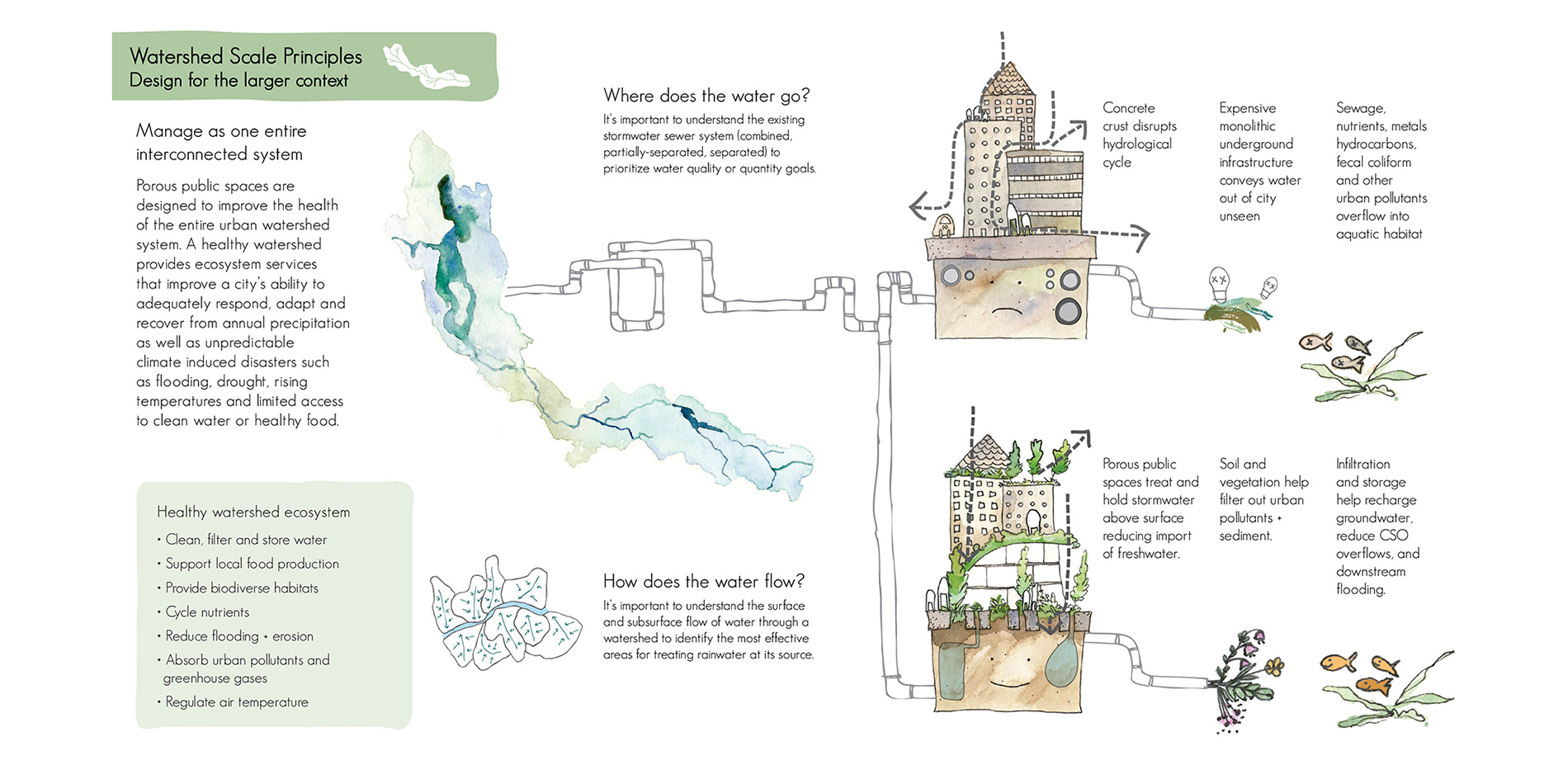
FIG. 6. Watershed Scale Principles: Design for the Larger Context
This scale focuses on creating awareness of one's context within the larger watershed. It emphasizes the importance of systems-based thinking and collective action to improve urban resilience to climate change.
Photo Credit: Roxanne Lee and James Wohlers, SvR | MIG, Google Images
Media: Please submit high-resolution image requests to images@asla.org.
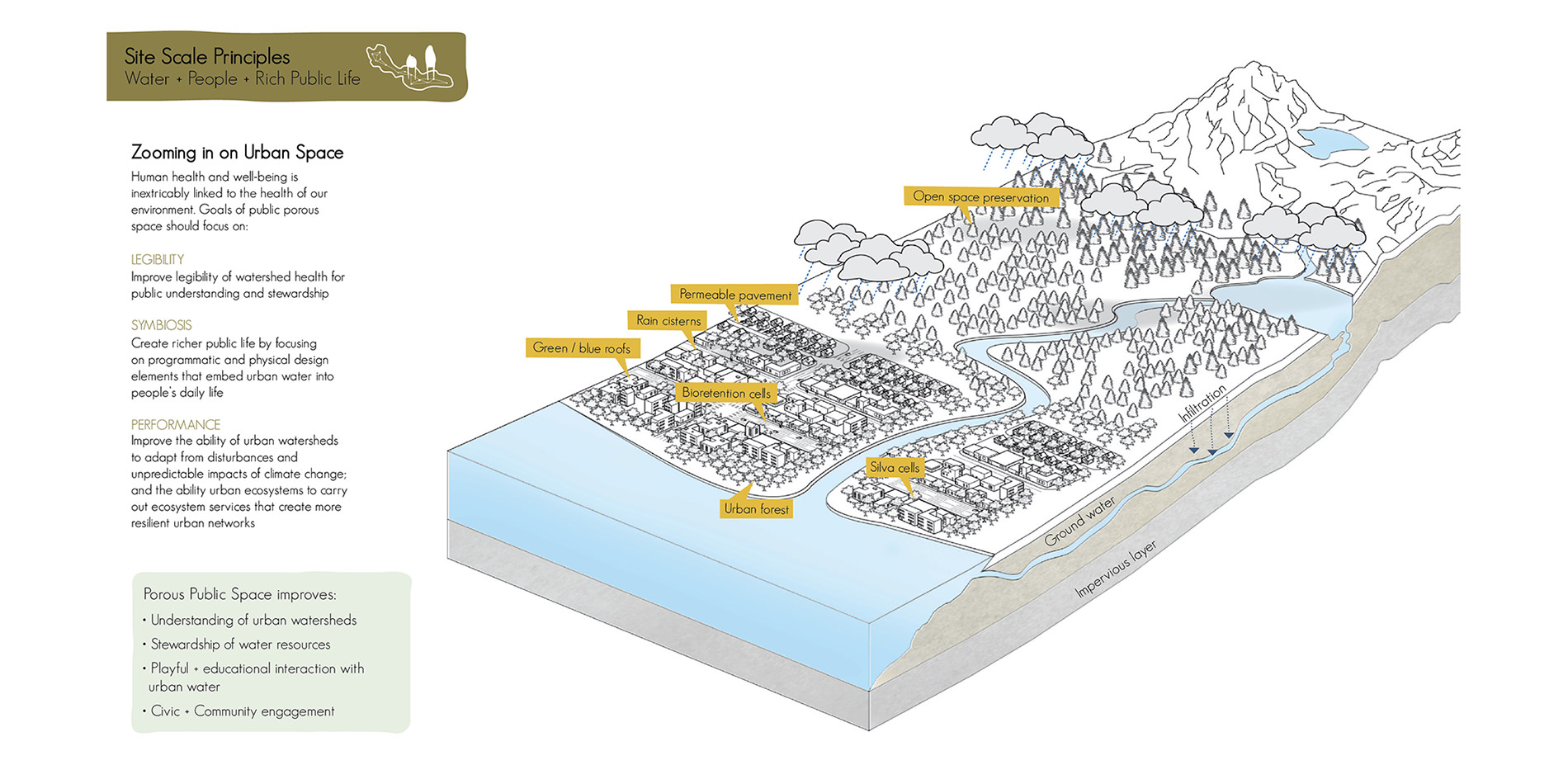
FIG. 7. Site Scale Principles: Water + People = Vibrant Public Life
These principles provide recommendations for how to strengthen social infrastructure with green infrastructure, collaboratively creating playful, interactive and educational places that improve both human and watershed health.
Photo Credit: Roxanne Lee and James Wohlers, SvR | MIG, Google Images
Media: Please submit high-resolution image requests to images@asla.org.
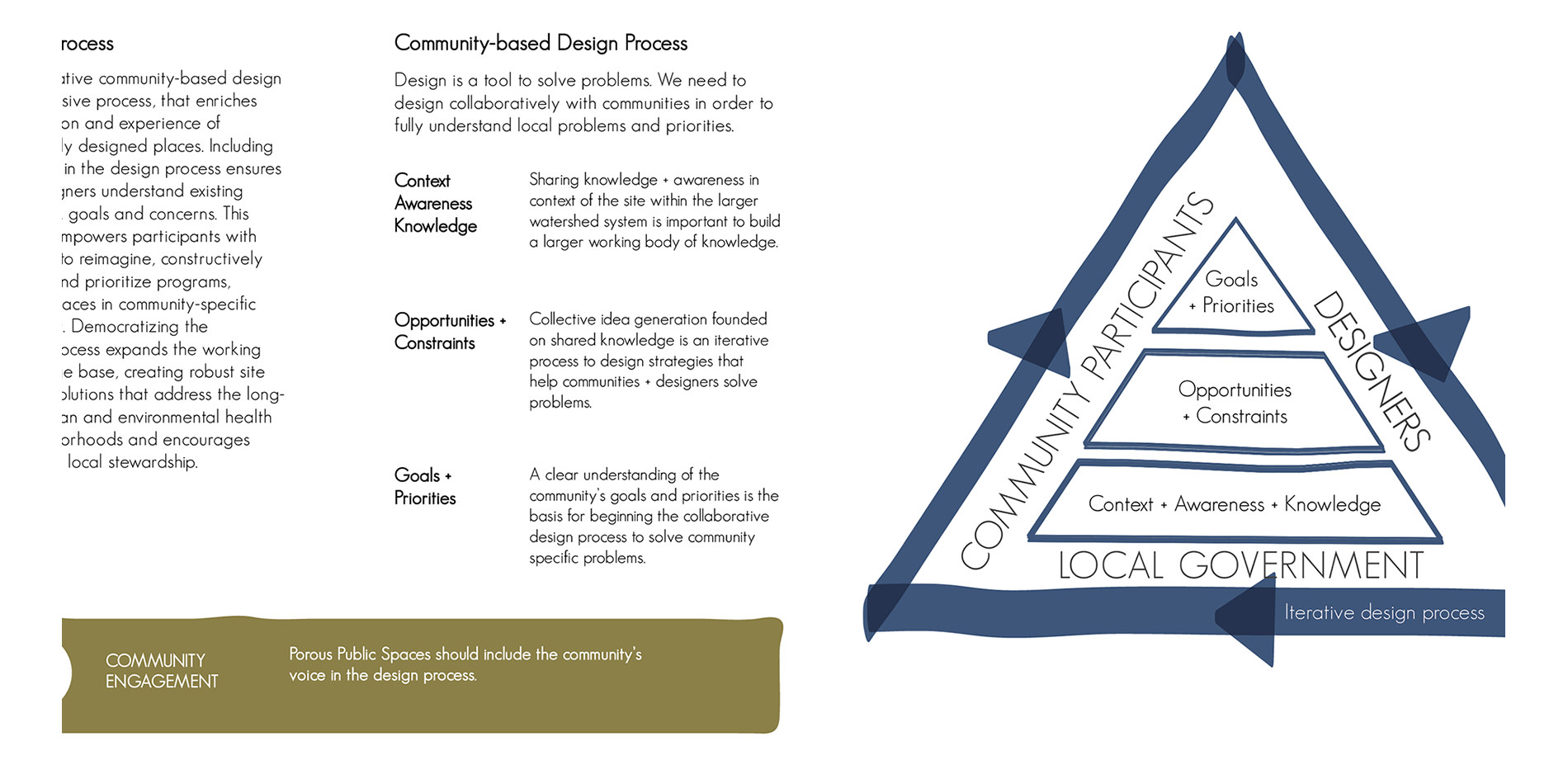
FIG. 8. Porous Process: A Collective and Inclusive Community-based Design Process
Porous process uses on iterative community-based design process by sharing knowledge, understanding opportunities and constraints, and developing multifunctional strategies to address both neighborhood and watershed goals.
Photo Credit: Roxanne Lee and James Wohlers, SvR | MIG, Google Images
Media: Please submit high-resolution image requests to images@asla.org.
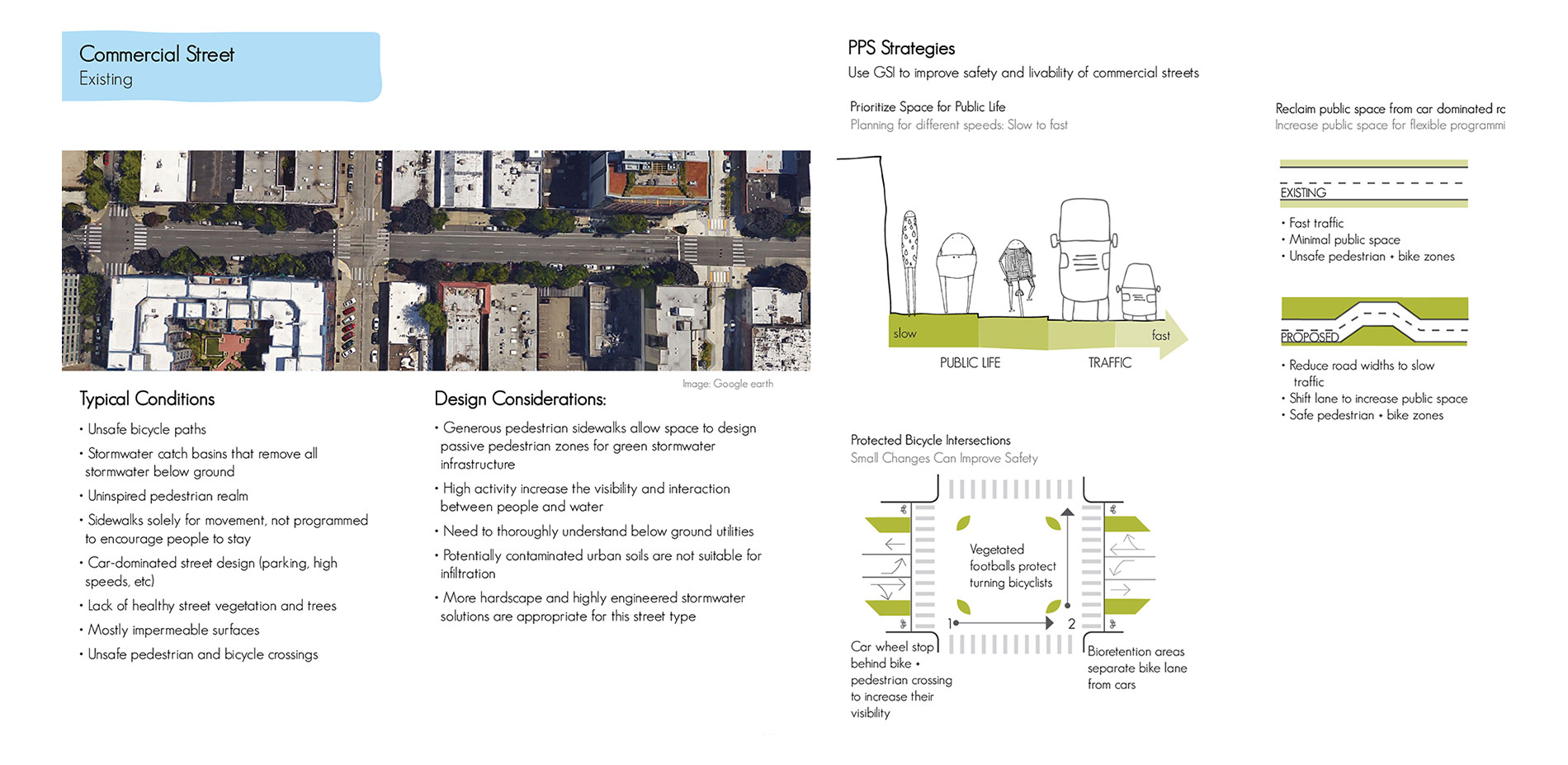
FIG. 9. Applying Porous Public Space Principles to Street Typologies
We use porous public space principles to reimagine three street typologies: residential, mixed-use and commercial streets. We identify typical existing conditions and use PPS strategies to redesign the street.
Photo Credit: Roxanne Lee and James Wohlers, SvR | MIG, Google Images
Media: Please submit high-resolution image requests to images@asla.org.
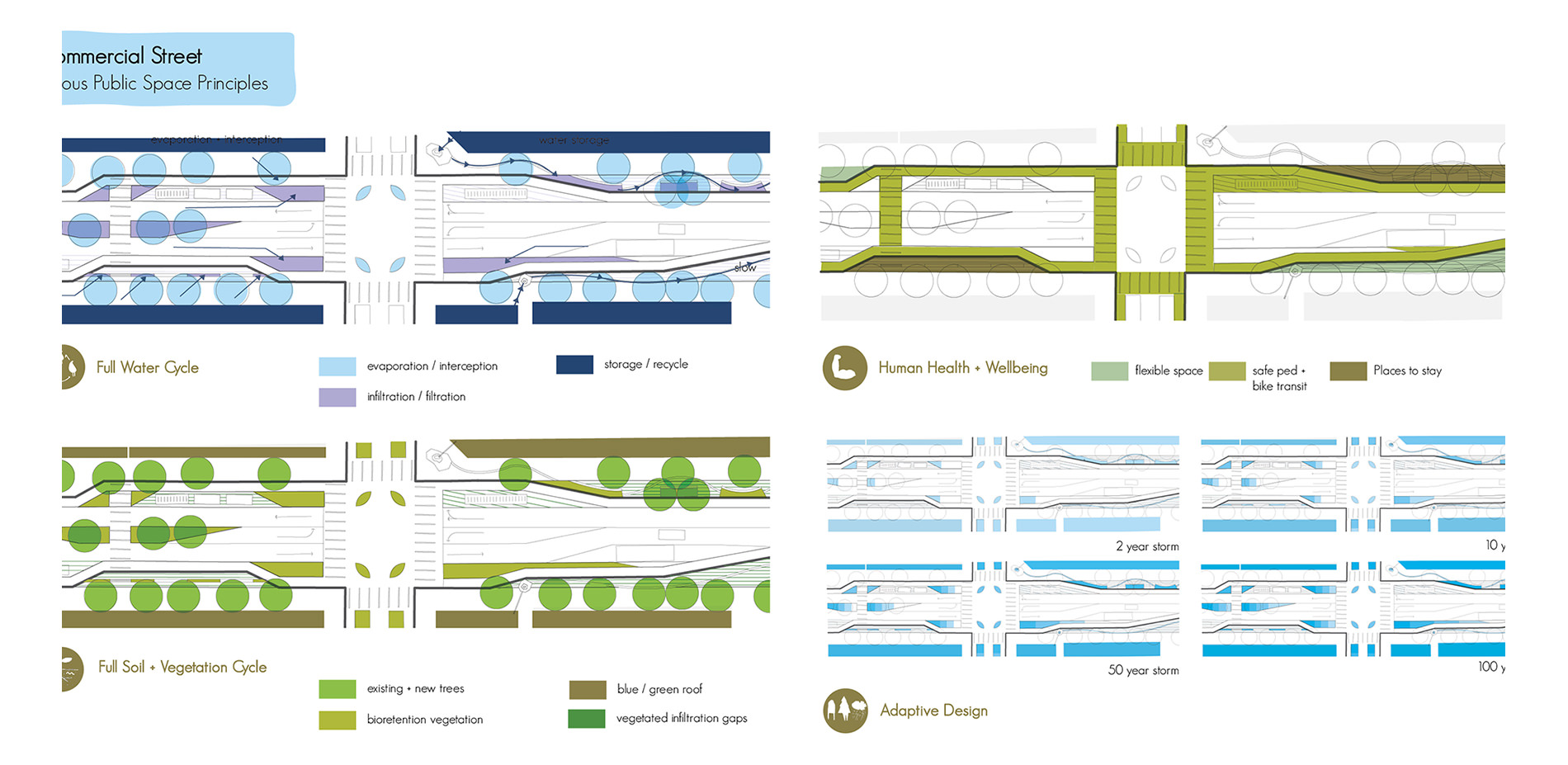
FIG. 10. How Are Porous Public Space Principles Applied?
Our diagrams show how Commercial streets have been redesigned using our porous public space principles.
Photo Credit: Roxanne Lee and James Wohlers, SvR | MIG, Google Images
Media: Please submit high-resolution image requests to images@asla.org.
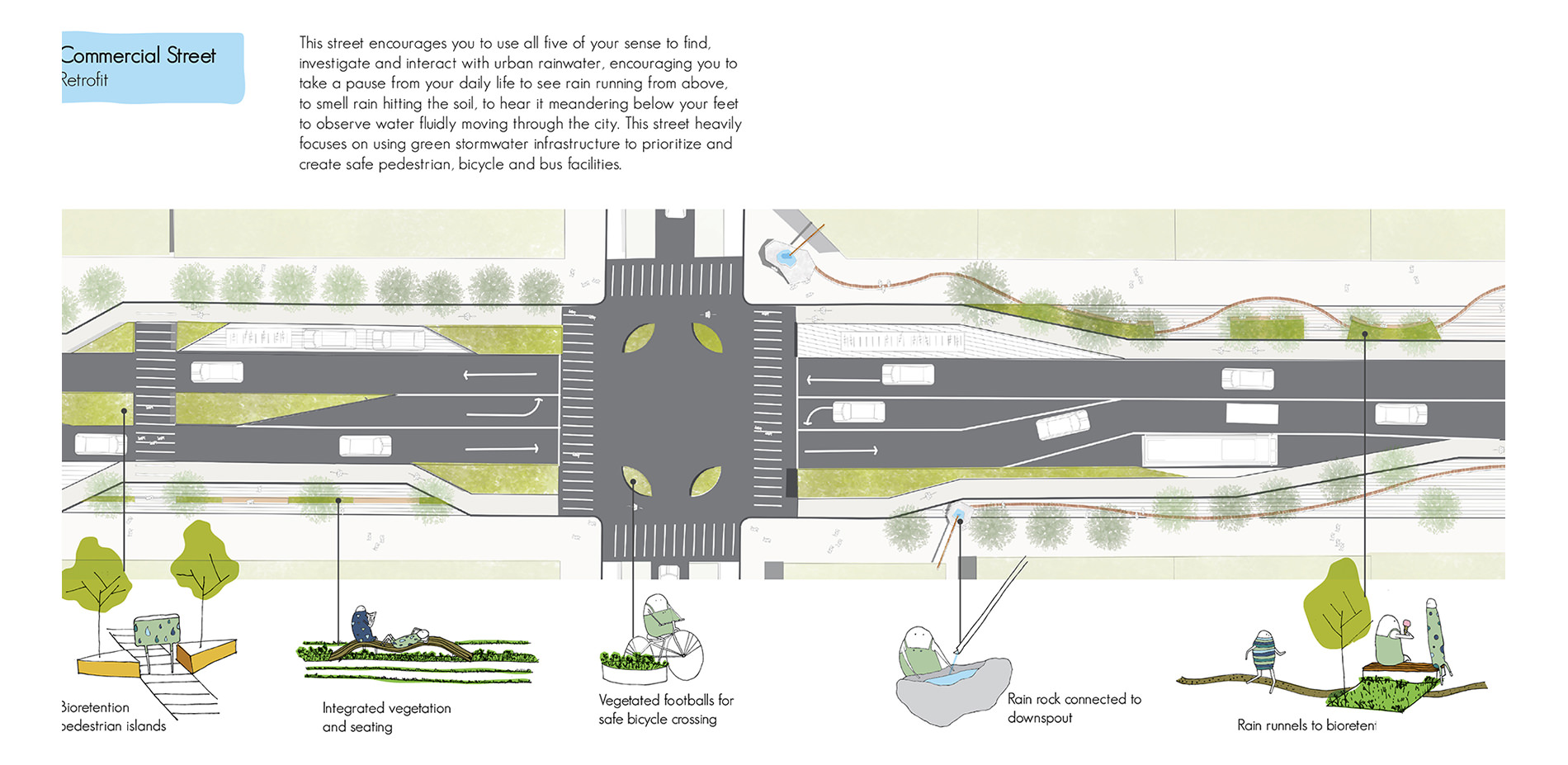
FIG. 11. Putting it all together
Illustrating prototypical elements, we show how a typical street can be reimagined on a site scale to improve both human and watershed health.
Photo Credit: Roxanne Lee and James Wohlers, SvR | MIG, Google Images
Media: Please submit high-resolution image requests to images@asla.org.
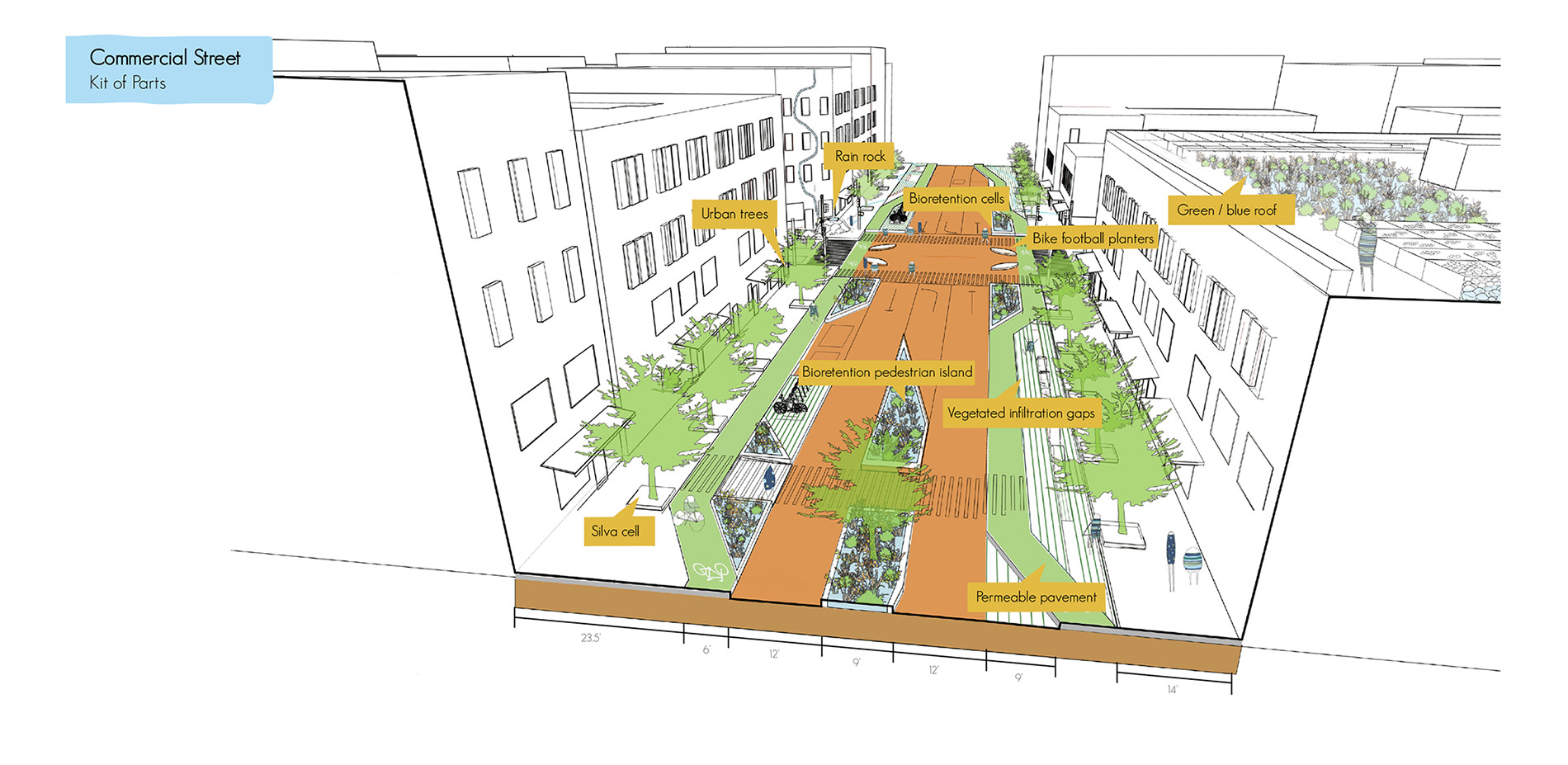
FIG. 12. Putting it all together
We have illustrated and dimensioned each of the street typologies in 3-D and called out key elements, to show how streets can be reimagined and reconfigured.
Photo Credit: Roxanne Lee and James Wohlers, SvR | MIG, Google Images
Media: Please submit high-resolution image requests to images@asla.org.
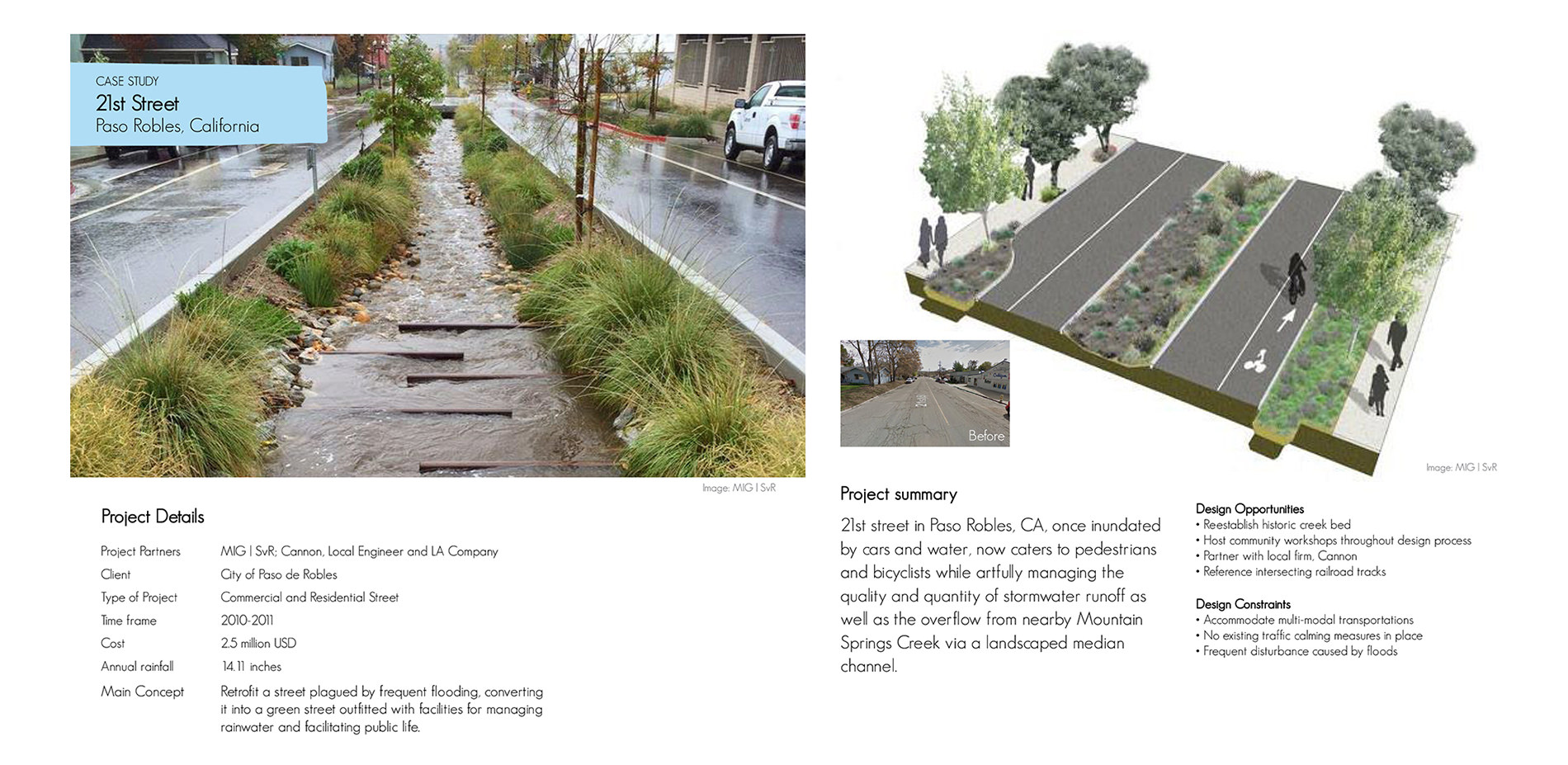
FIG. 13. Porous Public Space Case Studies: Grounding Theory in Practice
We present several successful street, plaza, and neighborhood-scale porous public space projects, highlighting the key features of each.
Photo Credit: Roxanne Lee and James Wohlers, SvR | MIG, Google Images
Media: Please submit high-resolution image requests to images@asla.org.
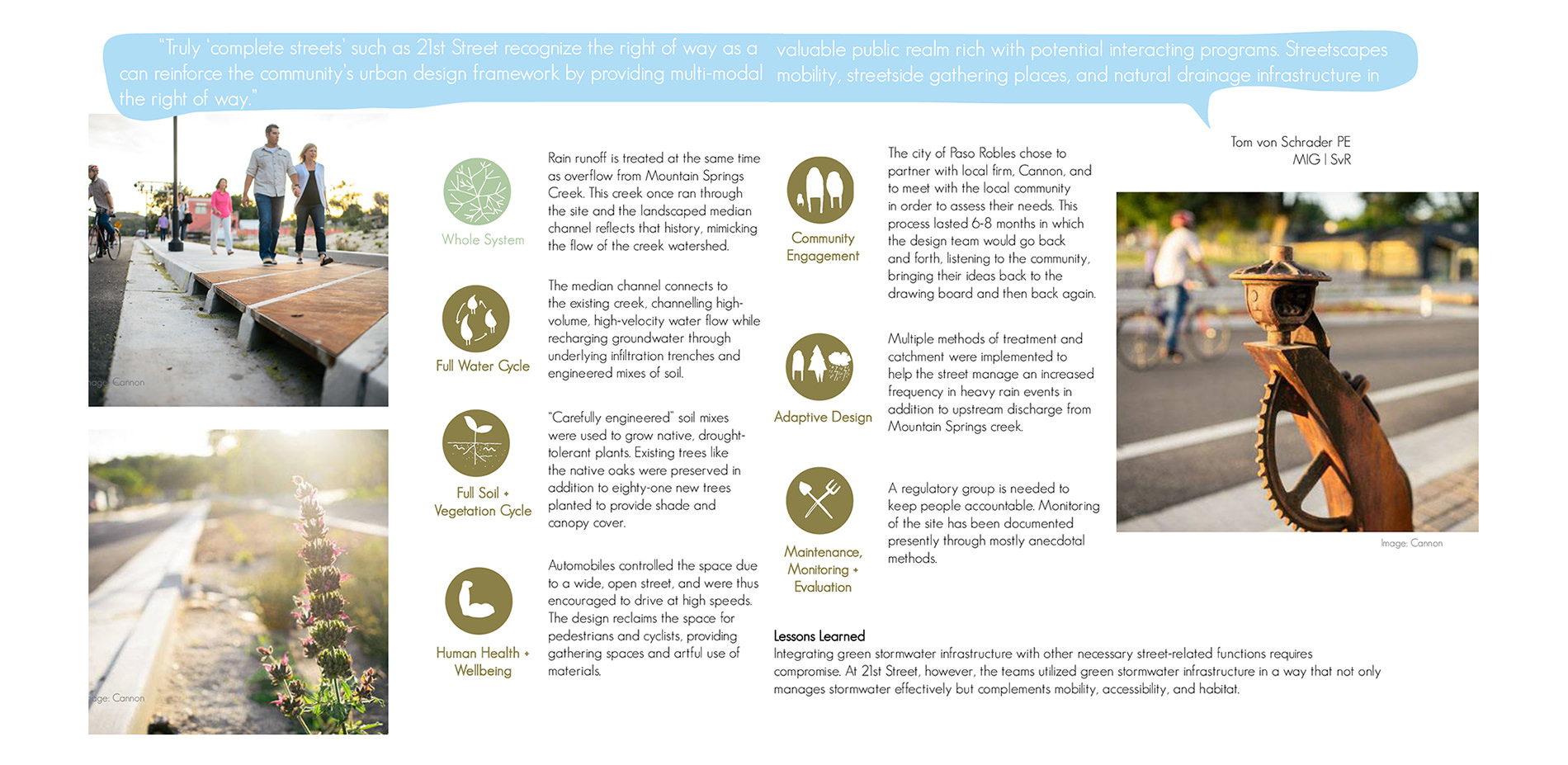
FIG. 14. Porous Public Space Case Studies: Grounding Theory in Practice
We evaluate these existing projects using our porous public space principles.
Photo Credit: Roxanne Lee and James Wohlers, SvR | MIG, Google Images
Media: Please submit high-resolution image requests to images@asla.org.
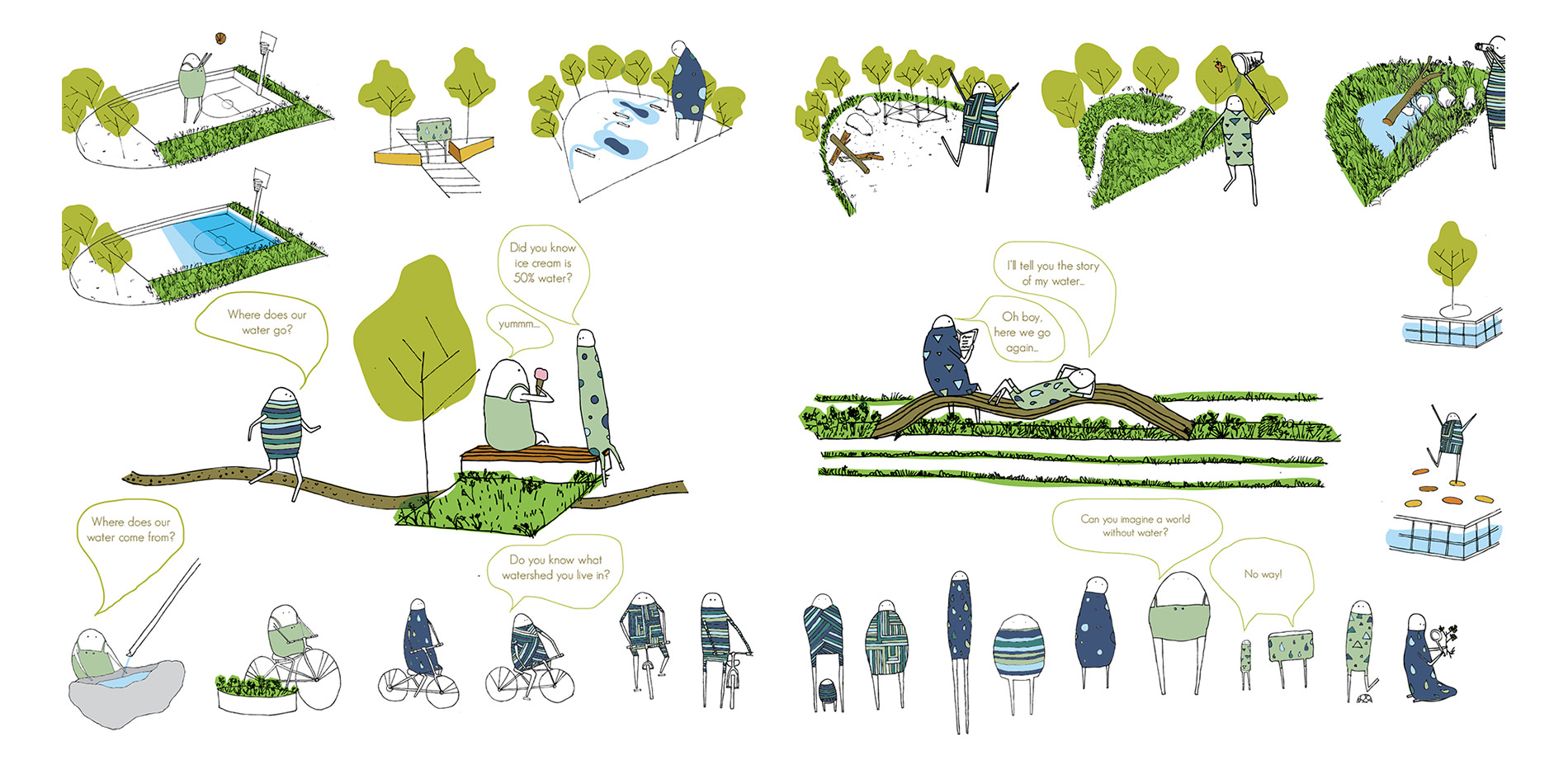
FIG. 15. Tell me about your watershed…
Here we end the story about people and rainwater with conversation and chatter. With rainwater in our consciousness, we finish with a questions: Where does you water come from?
Photo Credit: Roxanne Lee and James Wohlers, SvR | MIG, Google Images
Media: Please submit high-resolution image requests to images@asla.org.


















